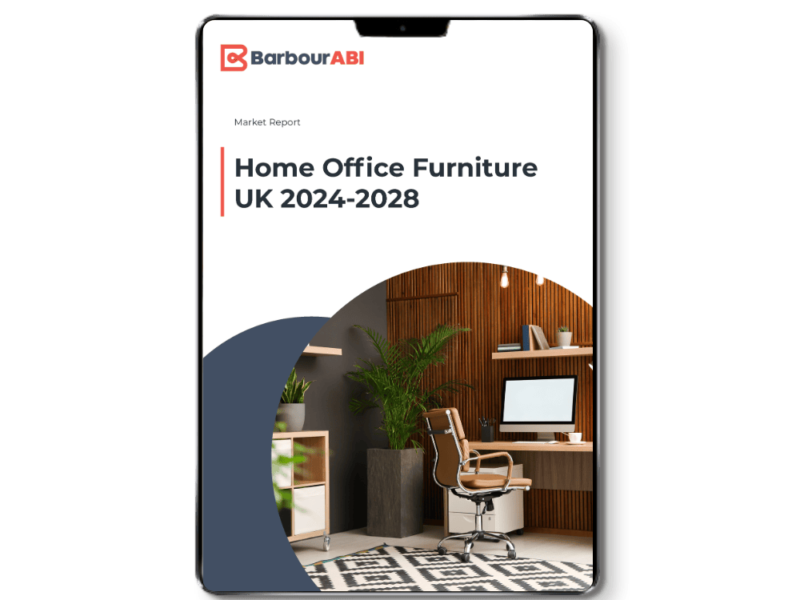Home Office Furniture vs Commercial Office Furniture: Differences between definitions

Commercial Office Furniture VS Home Office Furniture: What’s the difference?
Barbour ABI reports on the total office furniture market including the home office sector.
Manufacturers are divided as to whether this sector should be included, some believing that home office sales should only be included if employers have provided their home workers with the furniture.
However, the degree of overlap is significant, with office furniture for many smaller offices, as well as home offices, often purchased via the Internet or from retail outlets or similar consumer-targeted channels.
Office Furniture Definition by Barbour ABI
Barbour ABI defines office furniture as consisting of the following products:
- Workstations and desking – including executive, systems and stand-alone desking and workstations.
- Seating – including adjustable and non-adjustable task seating, secretarial seating, executive, bench, breakout and reception seating.
- Storage equipment – including cabinets, cupboards, pedestals, shelving and storage walling, covering personal, shared and archive units.
- Screening/other office equipment – including screening, computer trolleys and miscellaneous tables.
- Breakout furniture – informal seating, tables.
Office Storage Product Sector
The storage sector has shown a comparative decline due to the increase in sales of workstations and desks with integrated storage and the reduction in paperwork generated through use of online documents.
In addition, demand is fairly well saturated with many people already owning some kind of storage product.
Home Office Desk Product Sector
With the number of people working from home likely to increase in the future, there is likely to be a boost in demand for less expensive home office desks, with people requiring a dedicated workspace at home, rather than using the dining table to work from.
However, this may take many forms as wireless networking allows people to work in different ways and different locations, thereby reducing the demand for formal workstations.
Home Office Seating Product Sector
The home office seating sector accounted for an estimated 40% of the market in 2020 and covers both adjustable and non-adjustable office seating, specifically purchased for use within the home and includes executive and task seating.
Home office seating products differ slightly from those used in the normal office environment, as they generally have to withstand lower levels of usage.
Storage Less Important in Home Offices
Of the three product categories: desking, seating and storage, storage is less important in the Home Office environment than in commercial offices. This product sub-sector is reducing generally with the move to paperless offices and cloud storage.
UK Home Office Market Report 2024-2028
The latest edition of the Home Office Market Report is now available and dives deeper into the product subsectors mentioned whilst also examining market segmentation.
Recent Posts
- Key Trends and Market Dynamics in the UK Bricks, Blocks & Precast Concrete Sector
- Navigating Market Volatility: The Future of the UK Kitchen and Bathroom Distributors
- UK Kitchen and Bathroom Distribution: Growth, Challenges, and Opportunities
- Diesel Dominance and the Rise of Green Alternatives in the UK Generator Market
- From Diesel to Hybrid: Barbour ABI Maps UK Generator Hire Market Evolution
Categories
Archives
Share
Featured Report
-

Home Office Furniture Market Report UK 2024-2028
£1,499.00 Exc. VAT Add to BasketThe 16th edition of the Home Office Market Report – UK 2024-2028 features an insightful view on the implications for suppliers and product manufacturers of the changes in the industry. This new report will incorporate industr...


